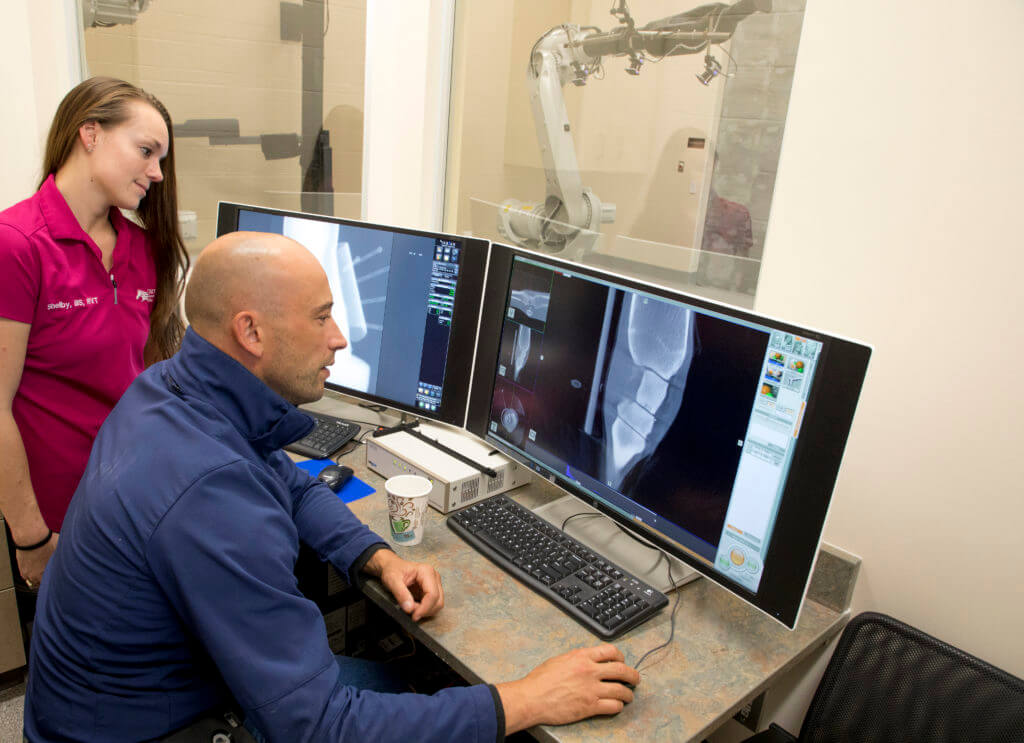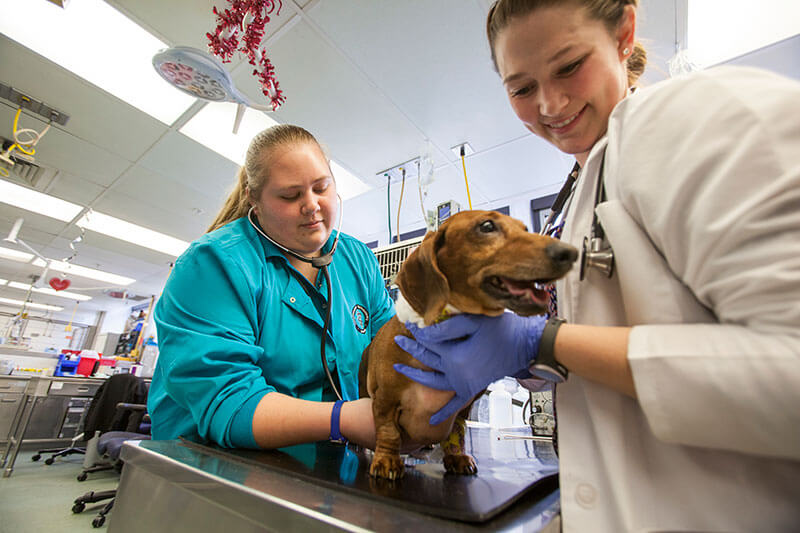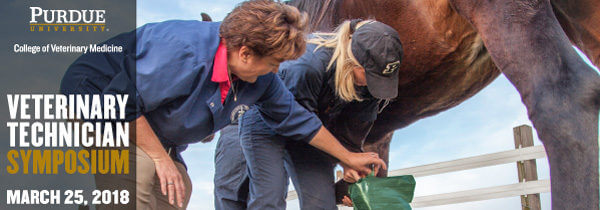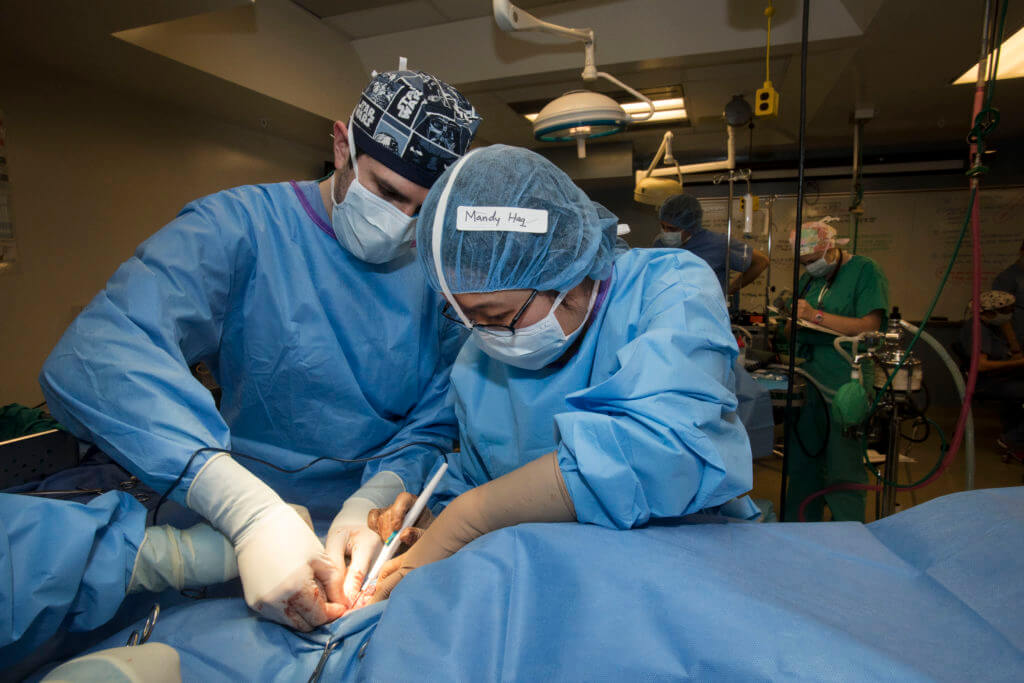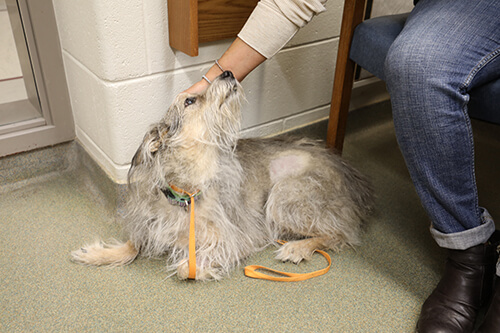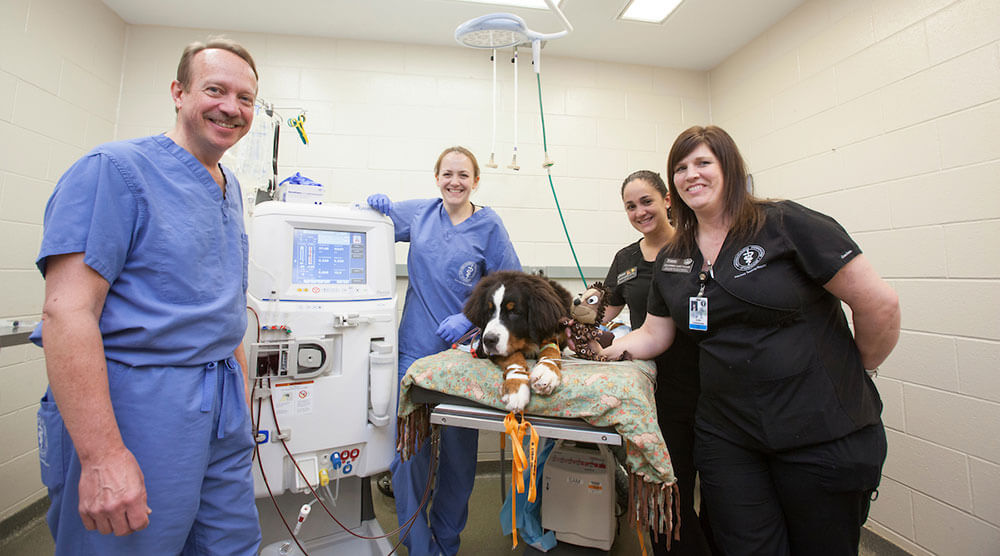Month: February 2018
Raising the Bar for Equine Care
February 26, 2018
Located in the shadows of the Indiana Grand Racing & Casino outside of Indianapolis is the newly opened Centaur Equine Specialty Hospital, which offers not only the horsemen of the Hoosier State but also horse owners throughout the region access to world-class medical, diagnostic and emergency care services.
Purdue Veterinary Technology Program Ranked #1
February 23, 2018
The Purdue University College of Veterinary Medicine’s Veterinary Technology Program has been ranked #1 in the nation in a listing of the Top 50 Veterinary Technician Programs for 2018 published by TheBestColleges.org. The website says to determine the best veterinary technology programs, they looked at the factors important to prospective students, especially common predictors of future success and a school’s commitment to online programs.
4th Annual Veterinary Technician Symposium to be held March 25
February 23, 2018
The Purdue University College of Veterinary Medicine’s 2018 Veterinary Technician Symposium will take place Sunday, March 25 in Lynn Hall, and the deadline for discounted early registration is approaching.
Year of the Dog Shines Light on Man’s Best Friend
February 23, 2018
The spotlight is on man’s best friend as the start of the Lunar New Year ushers in the Year of the Dog. Our furry friends don’t ask for much. Some food, shelter, a little outside time and some friendly pets on the head can be enough to make them happy. But Purdue University Veterinary Teaching Hospital (VTH) would like pet owners to know about some of the lesser known treatments offered at the hospital that can be just as beneficial.
Surgical Equipment Donation Enhances Learning for Purdue Veterinary Students
February 16, 2018
Thanks to a connection between Purdue Veterinary Medicine’s Veterinary Teaching Hospital (VTH) and an orthopedic surgeon at Logansport Memorial Hospital in Logansport, Ind., third-year Purdue veterinary students now have more opportunities to learn first-hand about using electrosurgical equipment in surgery.
Texas Pet Owners Travel to Purdue Seeking Shockwave Therapy
February 16, 2018
When “Honey” came to the Small Animal Hospital at the Purdue University Veterinary Teaching Hospital for treatment of a large kidney stone, her owners were relieved to find a minimally invasive treatment option for their pet.
Annual PVM Horseman’s Forum Reins in 175 Attendees
February 16, 2018
This year’s annual Purdue Veterinary Medicine Horseman’s Forum held on Saturday, February 10, attracted 175 attendees to Lynn Hall, including both youth and adult horse owners and enthusiasts.
PVM involved in Human-Animal Bond Lecture at VMX
February 16, 2018
One of the popular sessions at last week’s Veterinary Meeting and Expo (VMX) held by the North American Veterinary Community (NAVC) in Orlando was the Human-Animal Bond lecture presented by Dr. Rebecca Johnson and sponsored by Purdue Veterinary Medicine and Elanco.
PVM Alumni Gather at Reception in Orlando
February 16, 2018
The Purdue University College of Veterinary Medicine hosted a reception for alumni at NAVC’s 2018 Veterinary Meeting and Expo (VMX) Tuesday, February 6.
Purdue Veterinary Teaching Hospital Ranked Number 1 in Referring Veterinarian Survey
February 15, 2018
The Purdue University College of Veterinary Medicine’s Veterinary Teaching Hospital scored the highest benchmark rating compared to 26 participating companion animal veterinary teaching hospitals across North America, according to the most recent CalPro Research Referring Veterinarian Survey.

